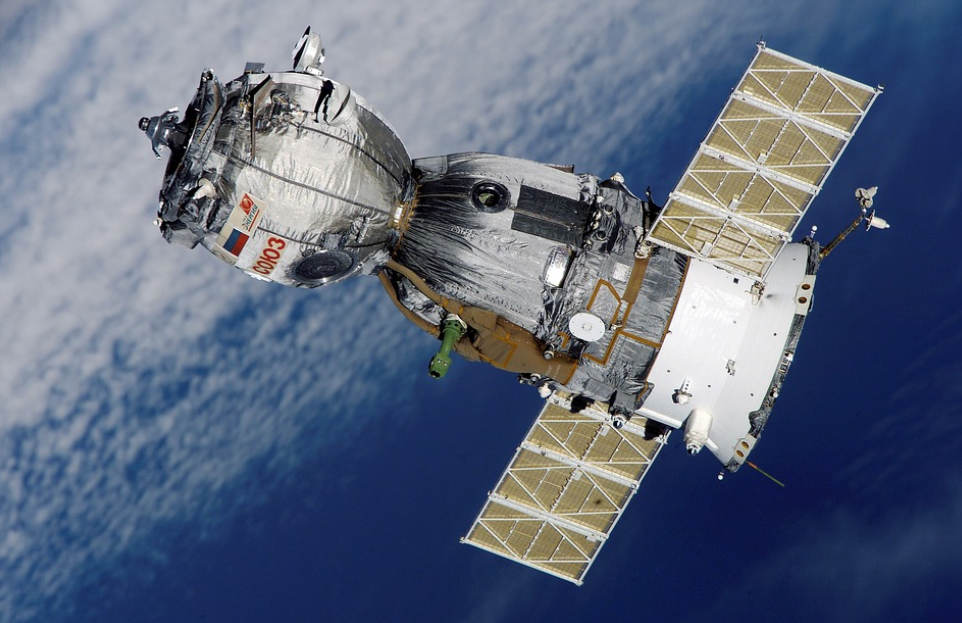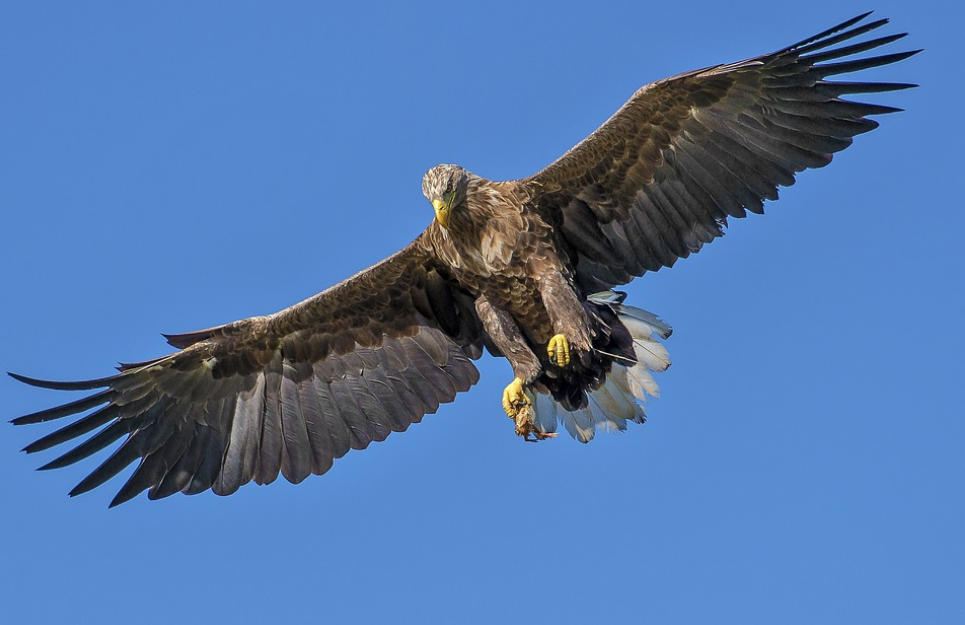Bird migration is one of nature’s most fascinating phenomena. Every year, millions of birds embark on incredible journeys, traversing thousands of miles across continents and oceans. But how do scientists keep track of these elusive avian adventurers?
Thanks to cutting-edge technology, researchers now have a plethora of high-tech tools at their disposal to monitor bird migration routes and habits like never before. And that’s why we’re here, exploring some of the innovative techniques that scientists are using to unravel the mysteries of bird migration.
Satellite Telemetry and Geologgers
 Satellite telemetry and geologgers have revolutionized the way scientists study bird migration. These small devices are attached to birds, allowing researchers to track their movements in real time. How does it work? Well, satellite transmitters fitted on birds send signals to orbiting satellites, which then relay the data back to Earth.
Satellite telemetry and geologgers have revolutionized the way scientists study bird migration. These small devices are attached to birds, allowing researchers to track their movements in real time. How does it work? Well, satellite transmitters fitted on birds send signals to orbiting satellites, which then relay the data back to Earth.
This technology set provides invaluable information about a bird’s location, altitude, speed, and even environmental conditions. By following birds throughout their journey, scientists can gain insights into migration patterns previously shrouded in mystery. For example, studies using this technology have revealed astonishing facts about species like the Arctic Tern – these tiny birds travel from pole to pole during their annual migration.
Small Solar-Powered Transmitters and the Satellite
These tiny, lightweight devices are attached to birds and use solar panels to generate power. The transmitters collect data about the bird’s location, altitude, speed, and body temperature! Once these small transmitters are attached to a bird, they continuously transmit signals received by satellites orbiting around the Earth.
This satellite telemetry allows scientists to track the movements of birds across vast distances accurately. With this technology, researchers can gather real-time data on migratory patterns and understand how different factors, such as climate change or habitat loss, affect bird populations.
Automated Passive Acoustic Recording
Also known as APAR, this is an innovative technology that allows scientists to monitor bird migration and behavior using sound closely. By strategically placing autonomous recording units in various locations, researchers can capture the vocalizations of birds without any human intervention.
These small devices are equipped with highly sensitive microphones that can detect even the faintest bird calls or songs. The recordings collected by APAR systems provide valuable information about species’ presence, abundance, and activity patterns throughout different seasons. As it can operate continuously for extended periods, scientists can gain insights into bird behavior during both day and night hours.
Machine Learning and Big Data
 The emergence of machine learning and big data have revolutionized the way scientists track bird migration routes and habits. With the vast amount of data collected from various sources, researchers can now analyze patterns and make predictions like never before. One key application of machine learning in bird tracking is identifying individual species based on their unique calls or songs.
The emergence of machine learning and big data have revolutionized the way scientists track bird migration routes and habits. With the vast amount of data collected from various sources, researchers can now analyze patterns and make predictions like never before. One key application of machine learning in bird tracking is identifying individual species based on their unique calls or songs.
By training algorithms with a large database of bird sounds, scientists have developed models that can automatically detect different species without human intervention. Aside from that, by combining satellite imagery, climate data, and historical migration records, researchers can uncover correlations between environmental factors and bird movement.
These technological advancements have flared up new possibilities for studying migratory birds on an unprecedented scale. As more sophisticated tools continue to be developed, we can expect even greater discoveries about these remarkable creatures who navigate thousands of miles each year.…

